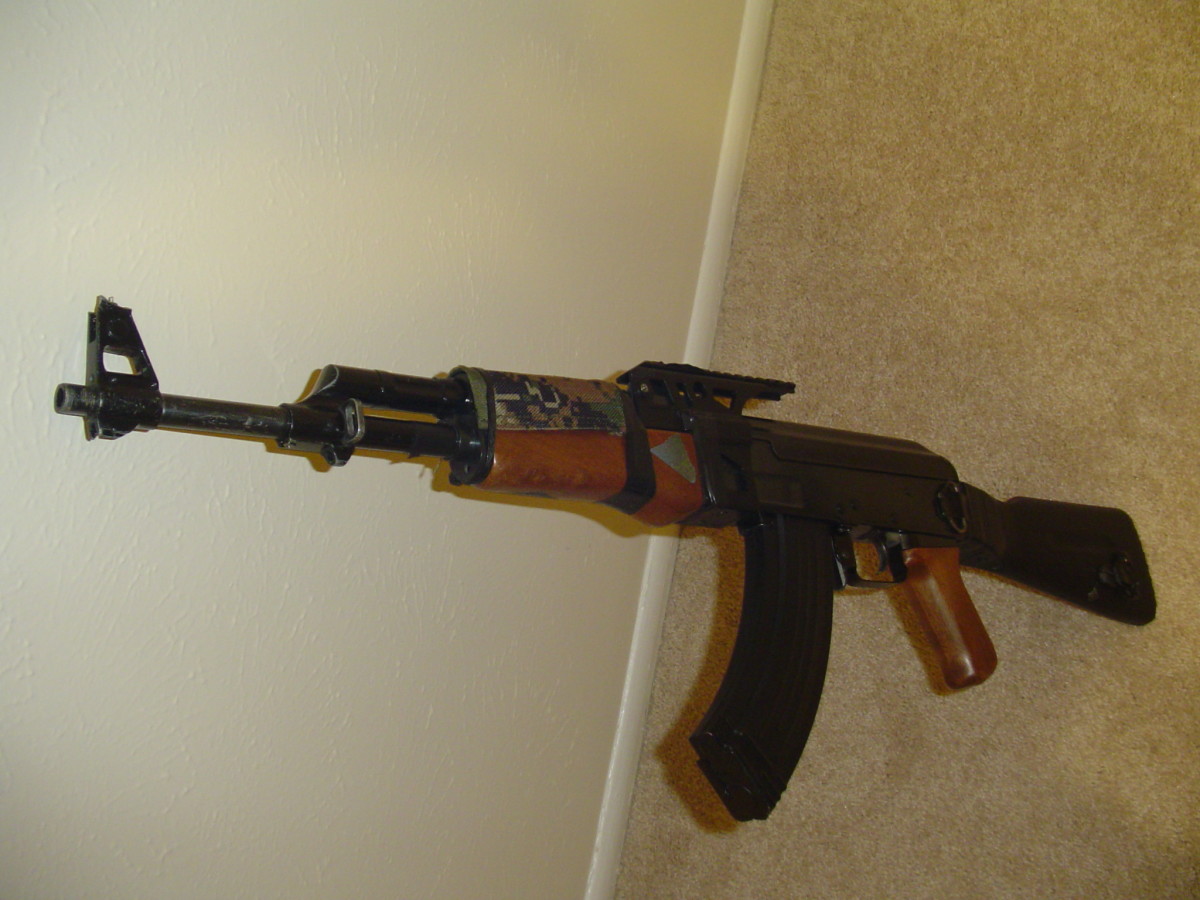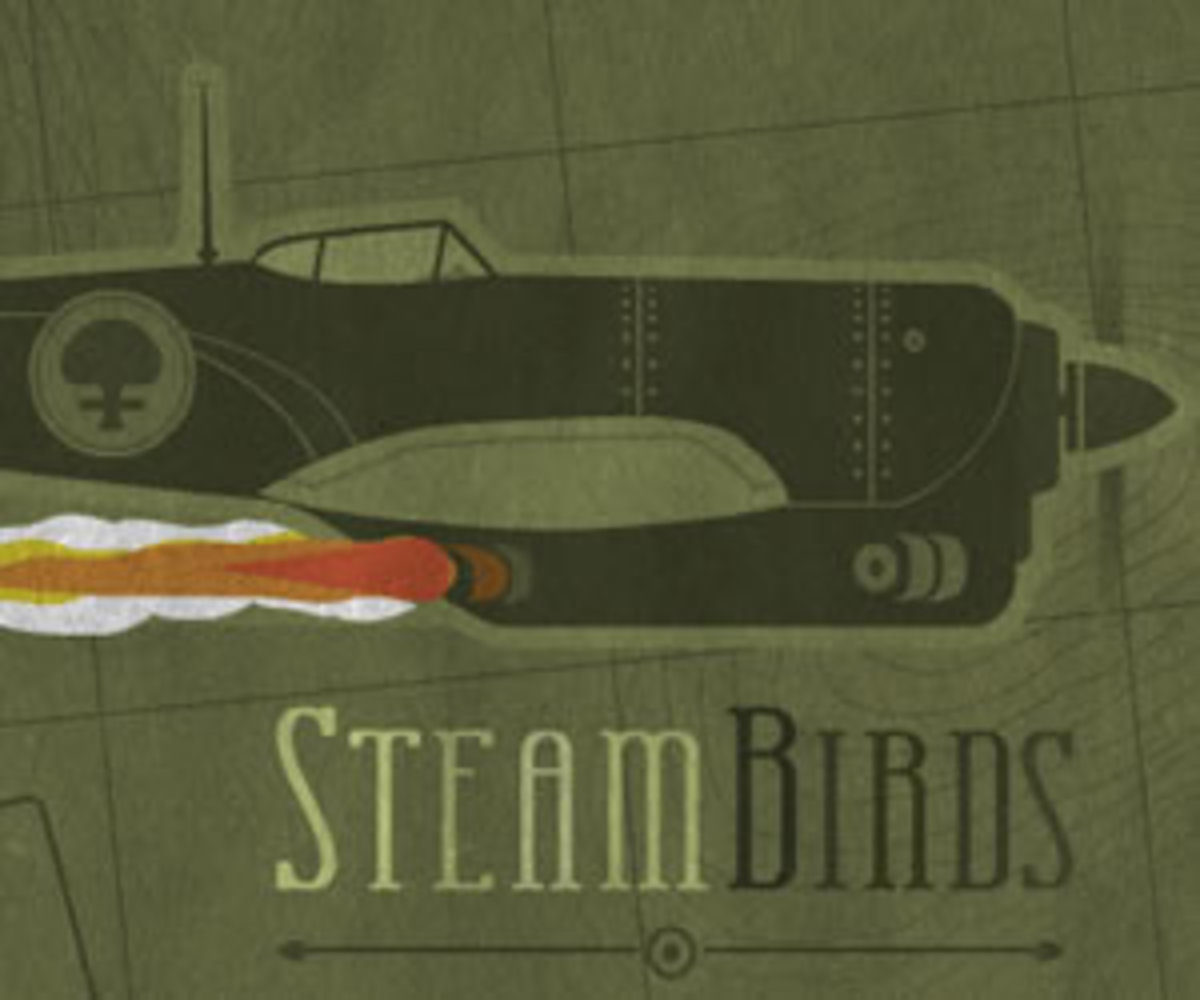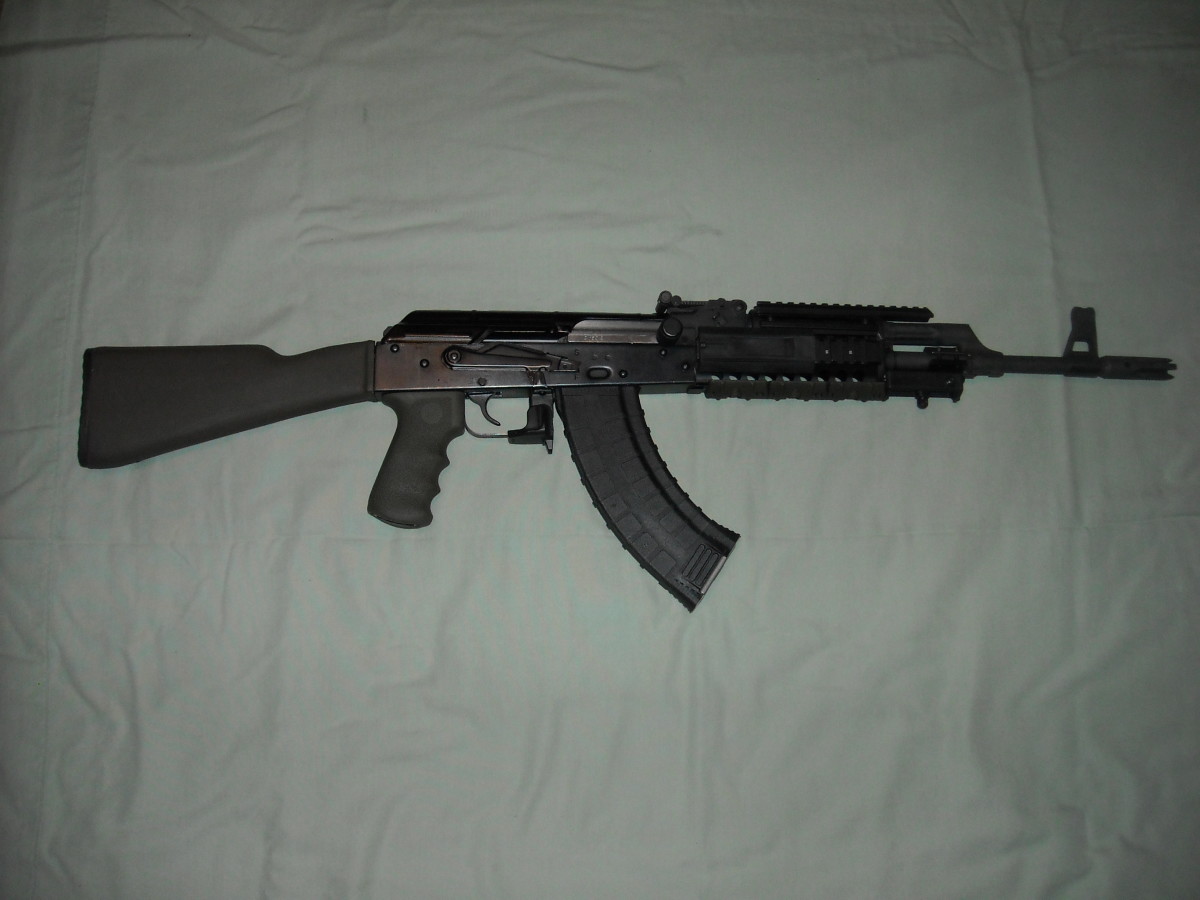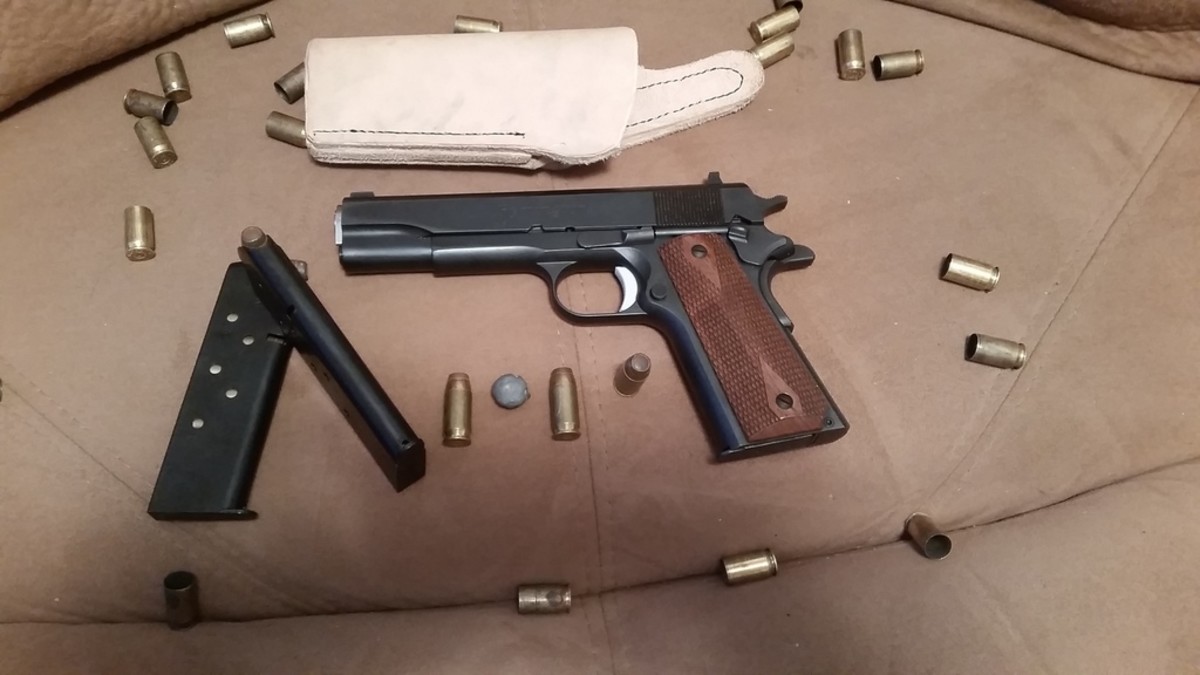- HubPages»
- Sports and Recreation»
- Hunting & Shooting»
- Guns & Accessories
Airsoft Milsm How To: Part 3 – Mission and Objectives
The mission and scenario pretty much go hand in hand. If your scenario is developed well, the mission should come out as just part of the way the scenario is played out. Eventually you will take the scenario and separate out the specifics of the mission but the mission is, in essence, just a series of objectives that make the mission complete. To complete the design of the mission you break it down into 3 levels of objectives.
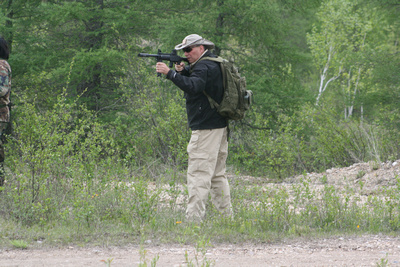
You want to have critical or primary objectives. These are the objectives that are absolutely mandatory to have a successful mission. Hitting Bin Laden’s compound and he gets away is a failure. Secondary objectives are ones that are not critical but depend on the critical to be achieved. Finding the terrorist camp is critical, capturing their leader is secondary. Then there are objectives of opportunity. You find the camp, capture the leader and when you find the rest of the terrorists aren’t home, the leader tells you where they went and when they are coming back. The opportunity to set and an ambush is an objective you can’t ignore.
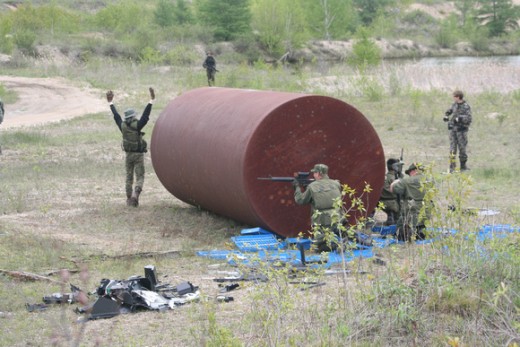
In part 2 we looked at how to develop a scenario, because the scenario helps to create and maintain interest in the game. Engaging the interest and enthusiasm of the players requires more than just a good background story. You need to have some solid achievable objectives that coincide with your scenario. But, if you’ve done your homework, your scenario will make generating your objectives a simple continuation of your planning process. However, there are a few simple tips to help you make good objectives become great; making them far more realistic.
We will take a look at some basic scenario ideas and apply a few objectives to them:
1. A Special Forces team is dropped into a hostile land to assault a terrorist training camp. A lot of game planners would consider the scenario enough but we can add some specific objectives to form their mission.
· Locate enemy camp, observe and report activity.
· Cordon off the camp, cut off routes of escape.
· Assault and capture the camp capture prisoners if possible.
· Conduct search and interrogation operations.
Now you have a logical set of mission objectives where the success of objectives affects the ability of the team to complete further objectives.
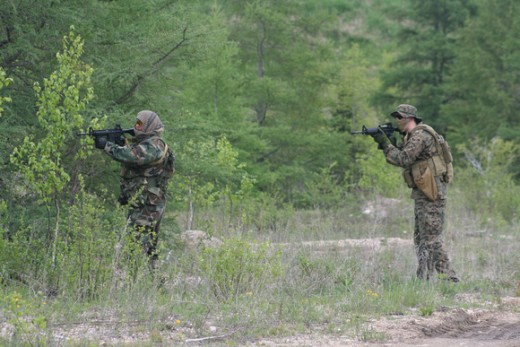
2. A downed pilot (very popular) is behind enemy lines. Your team is dispatched into enemy territory to rescue the pilot. This one has a ton of possibilities.
· Infiltrate enemy territory undetected.
· Establish contact with the pilot and determine an rendezvous position.
· (if captured) Rescue pilot from hostiles, pilot might need first aid or need assistance to travel.
· Devise and exfiltration plan (you never go back the way you came).
3. Advance to contact patrol is a nice simple one, or is it? All you have to do is add a few dimensions in objectives to make it more interesting.
· Advance from area A to area B to clear the route for a battalion move.
· Engage all enemy positions (some may stay hidden in favour of bigger targets)
· Report all contacts, enemy strength and capabilities.
· Determine enemy HQ location.
· Get back in one piece.
So you can see how you can tie in objectives making some of them dependant on the success of others. Suddenly you have some motivation to complete some of the not so exciting ones so you can move on to the more interesting ones. It’s like show business; always leave them wanting more. To get truly exciting an dynamic game play you can play objectives for each side against each other. Later on we will talk about this in the advanced game planning article. Now start looking at you AO in a different way.
